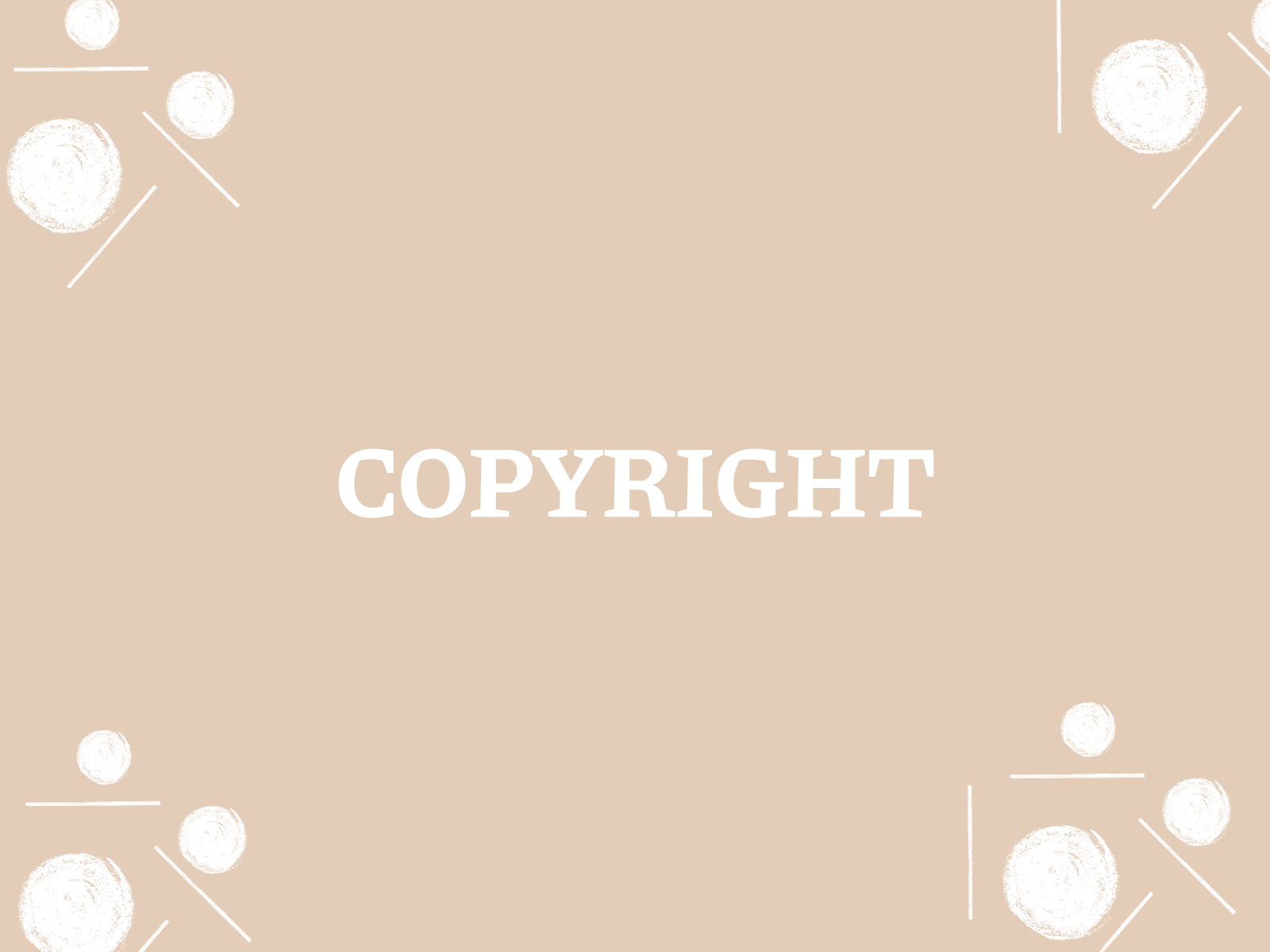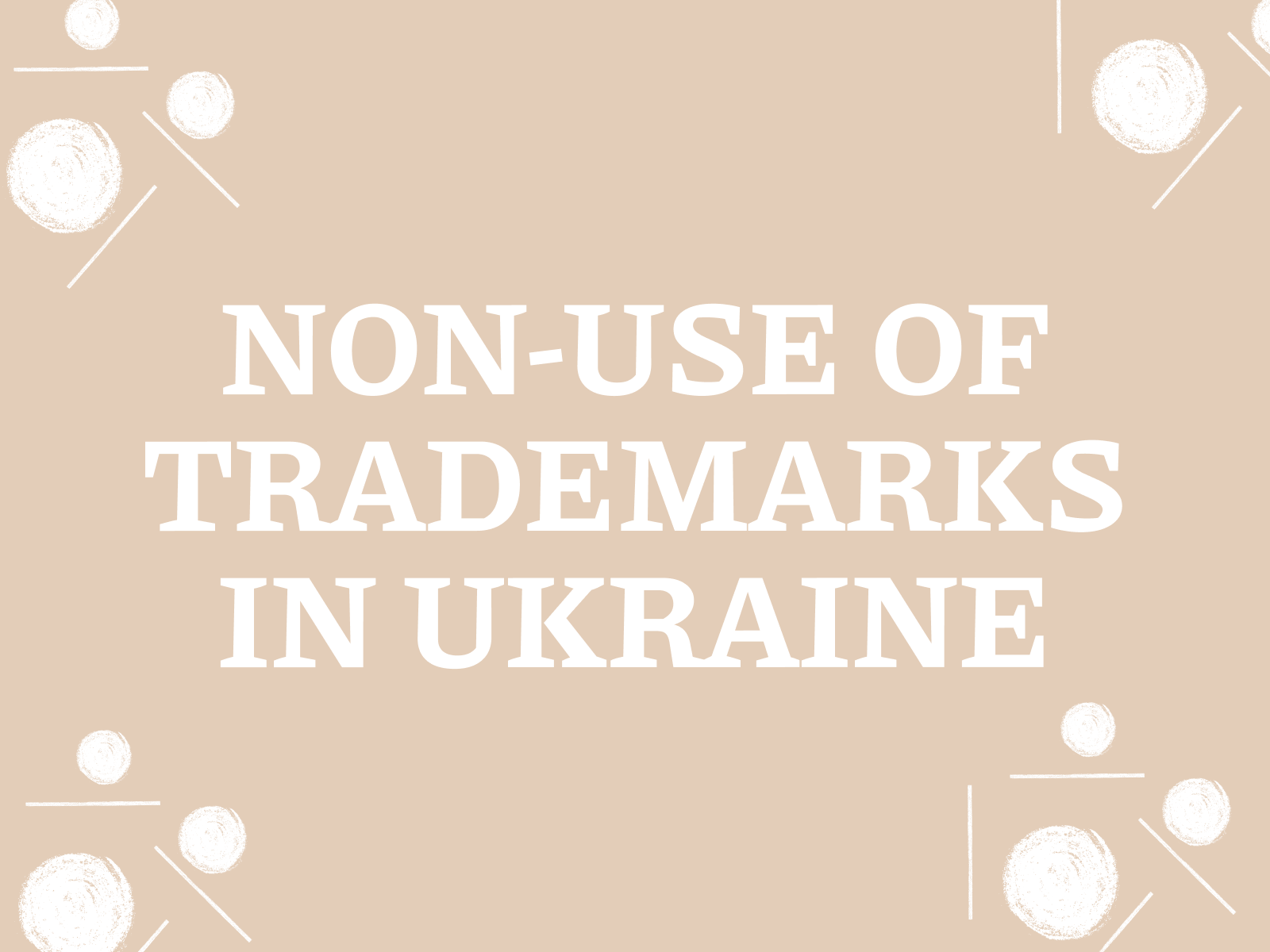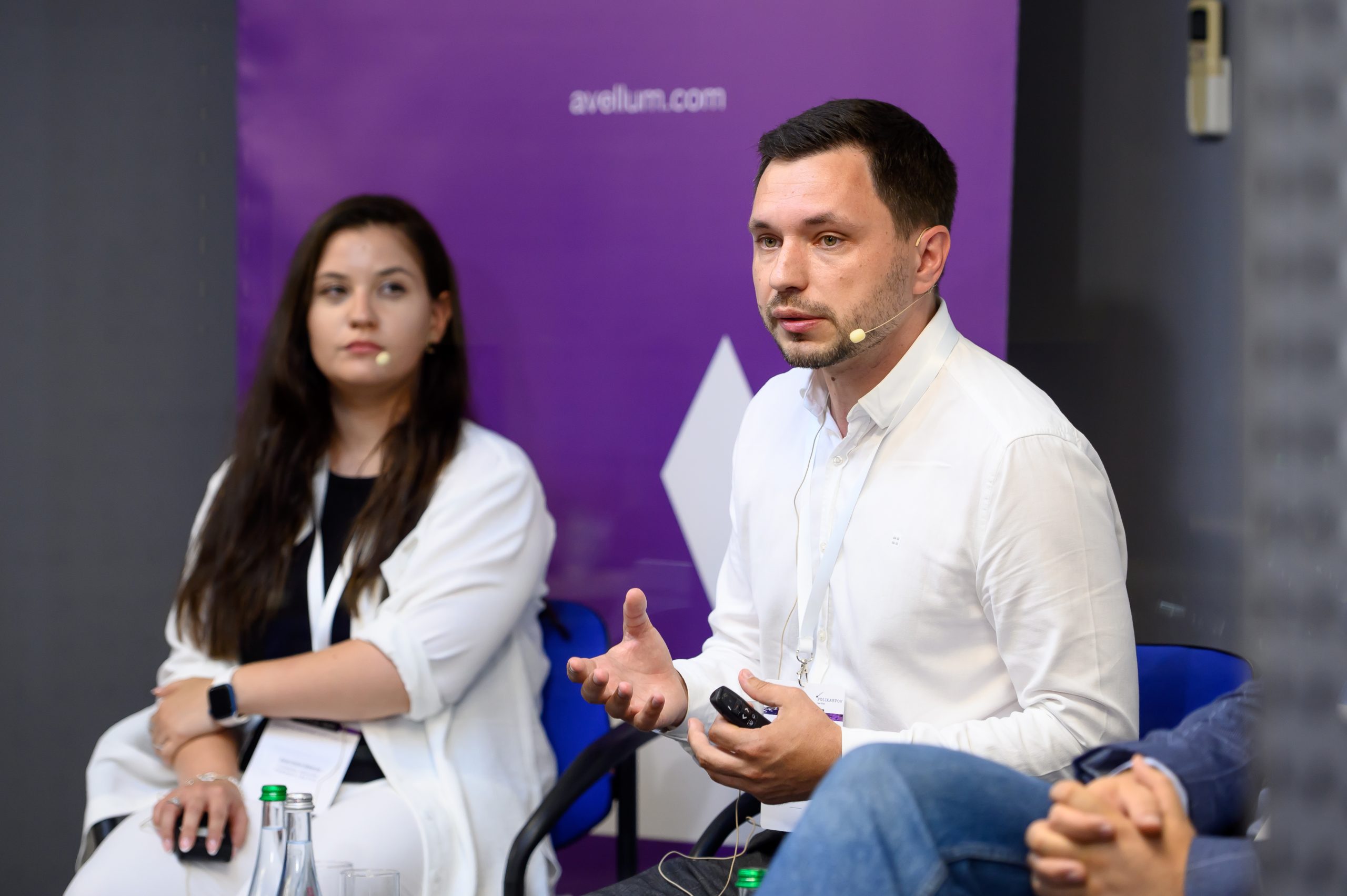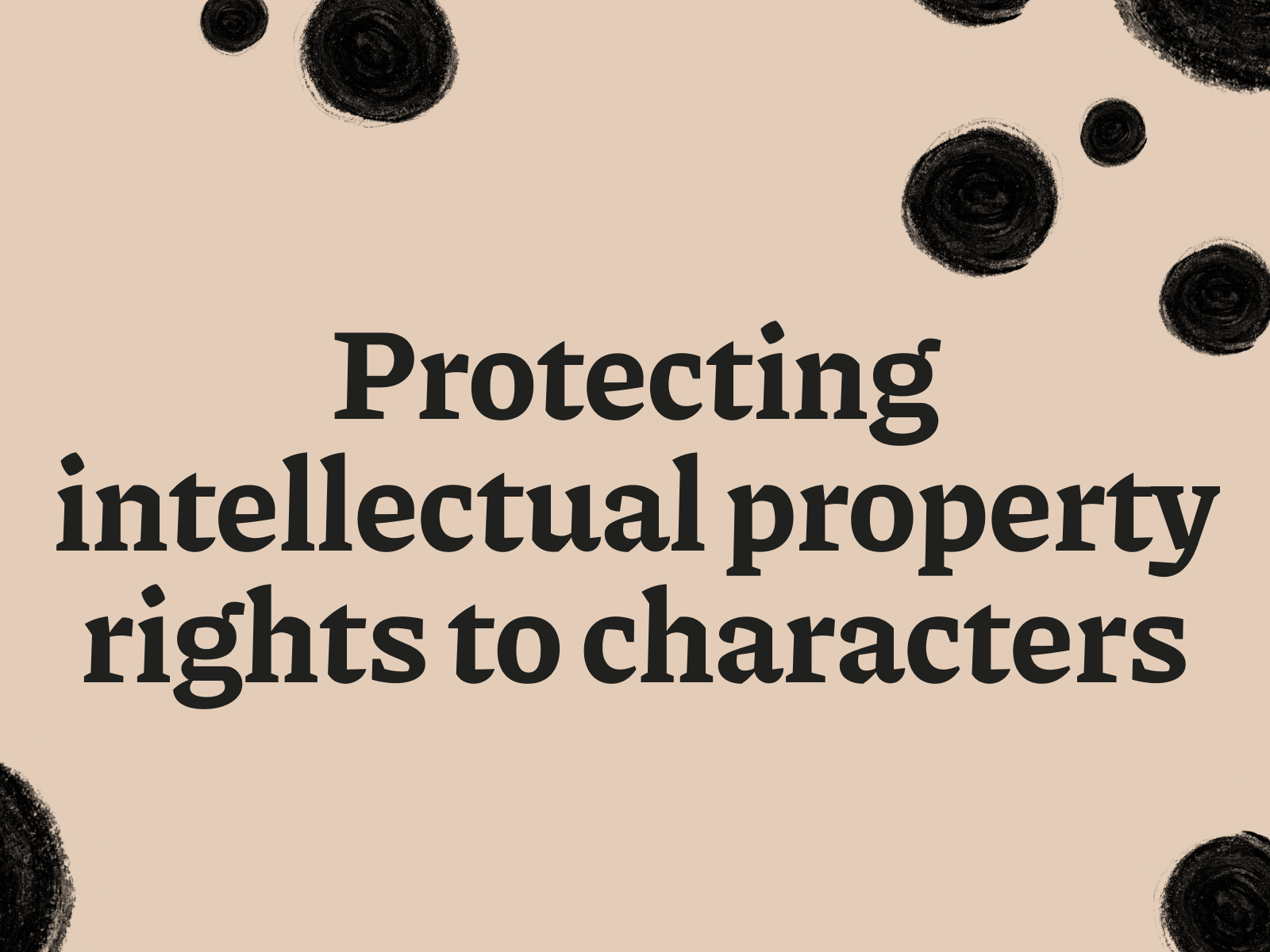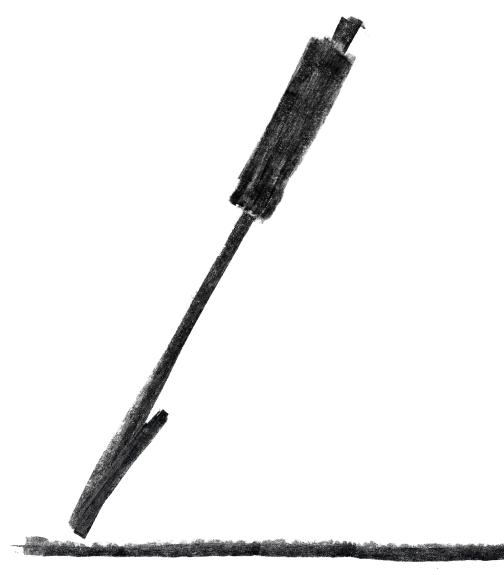Have you come up with a logo for your brand, written a heartfelt song or created an innovative website design? All these creative achievements require reliable protection. That’s where copyright of Ukraine comes in, guarding intellectual property and helping authors preserve their rights to their creations. But how do you understand the intricacies of the law and ensure that your ideas are properly protected?
What exactly does copyright protect?
So, what is considered to be the object of copyright? Ukrainian law clearly defines which creative achievements are protected. From photographs and musical compositions to computer programs and architectural designs, copyright protects a wide range of intellectual property. Let’s take a closer look at what exactly is included in this list.
1.1. Diversity of objects: from novels to design
When we talk about copyright objects, we mean the results of human creative activity in any field – be it science, literature, art or technology. The Law of Ukraine “On Copyright and Related Rights” covers a wide range of works, providing their authors with adequate protection against unlawful use.
The objects of copyright include:
- Literary works: novels, poems, articles, scripts, lectures, etc.
- Artistic works: paintings, sculptures, graphics, choreographic and pantomime works.
- Musical works: songs, symphonies, arrangements.
- Audiovisual works: films, television programmes, video clips.
- Photographic works: photographs that are the result of a creative choice of subject, angle, lighting, etc.
- Computer programs: program code, databases, websites.
- Other works: architectural projects, maps, drawings, design developments.
Copyright in photographs in Ukraine
Copyright in photographs in Ukraine deserves special attention. According to the law, photographs are recognised as copyrighted works if they are original works, i.e. the result of the photographer’s creative efforts.
This means that simply capturing an image with a camera does not give you the right to copyright unless it contains elements of creativity.
An important role is played by:
- The choice of the subject.
- Compositional solution of the frame.
- Use of light and shadow.
- The angle of the photo.
- Processing of the photo (provided that it makes the photo original).
Copyright in music in Ukraine
Just like photographs, music copyright in Ukraine is clearly protected. Composers have exclusive rights to the works they create. This means that no one has the right to use, copy, distribute or modify their music without permission.
The protection extends not only to the music itself, but also to its various forms, such as sheet music, arrangements, phonograms, etc.
It is important to understand that copyright arises automatically when a work is created. It is not necessary to register it or put a copyright sign ©, although this can be an additional protection.
1.2. Exclusive rights of the author: full control over the creation
Copyright grants creators not only recognition of their authorship but also a number of exclusive rights, which allow them to control the use of their works. This means that no one has the right to use copyrighted works without the permission of the authors or their assignees.
The basic rights of the author include:
- The right of reproduction: the author has the exclusive right to decide whether his work may be copied in whole or in part in any form.
- The right to distribute: the author decides how, where and in what quantity his or her work will be distributed, including sale, rental, lease.
- The right of public display: the author controls whether his or her work can be displayed in public, for example, by showing a film in a cinema or placing a photograph on a billboard.
- The right of public performance: refers to musical, dramatic and other works that can be performed in front of an audience. The author decides who can perform his or her work and how.
- The right to create derivative works: the author has the exclusive right to create derivative works based on the original.
- The right of translation: the author decides whether his or her work can be translated into other languages.
In addition to the above, there are also moral rights of authors that are unchangeable and cannot be transferred to other persons. They include:
- The right of authorship: the right to claim recognition as the author of a work in any form of its use.
- The right to the inviolability of a work: the protection of a work from any distortion or other violation that may harm the author’s honour and reputation.
Knowing your rights and obligations is the first step towards successful intellectual property protection.
How to avoid copyright infringement?
We have found that copyright is a reliable shield for intellectual property works. But the digital environment, with its rapid pace of information dissemination, also creates new challenges. How can you avoid copyright infringement online and use other people’s works legally? Let’s take a look at the most common pitfalls and safe routes in the world of copyright.
2.1. Typical copyright infringements: Internet traps
With the development of the Internet and digital technologies, the issue of copyright infringement has become an unprecedented one. It is very easy to copy, distribute or modify someone else’s content without thinking about its legality. Let’s take a look at the most common pitfalls to watch out for in the digital space:
- Illegal copying of website content. Imagine you like an article with interesting business ideas or beautiful photos on a competitor’s website. Copying and posting them on your resource without the owner’s permission is copyright infringement.
- Use of other people’s photos without permission. The Internet is full of beautiful images. However, behind every photo there is an author who has put his or her work and ideas into it. It is illegal to use it without permission, even if it is just a search photo.
- Distribution of pirated copies of software. Downloading software, music, films from torrent trackers or other pirated resources is not only a violation of copyright, but also a risk of infecting your computer with viruses.
The copyright of the website deserves special attention. A website is not just a set of pages, but a complex intellectual property. Its design, textual content, photographs, and the copyright to the software are all protected by law. Copying elements of someone else’s website without permission, even for educational purposes, can lead to serious consequences.
Don’t forget that ignorance of the law does not absolve you from liability. Even unintentional copyright infringement can cost you a lot of trouble, including lawsuits and fines.
2.2. Legal use: when someone else’s work can be used
Although the copyright law enforces certain rules, this does not mean that other people’s works cannot be used at all. There are perfectly legal and even free ways to use images and other content without infringing on anyone’s rights.
Here are a few options:
- Obtaining permission from the copyright holder
The easiest and most reliable way is to contact the author or copyright holder of the content and officially obtain permission from to use it. This can be done verbally, but a written agreement is more reliable.
- Using works under a free licence (Creative Commons)
Today, there is a great alternative to classic copyright – Creative Commons licences. Authors who place their works under these licences give other people the right to use them freely under certain conditions, for example, with attribution.
Types of Creative Commons licences:
- CC BY (Attribution): can be copied, distributed, displayed and created as long as the author is credited.
- CC BY-SA (Attribution-Share Alike): in addition to attribution, derivative works may be distributed only under the same licence.
- CC BY-NC (Attribution-NonCommercial): commercial use is not permitted.
- CC BY-ND (Attribution-NonCommercial-No Derivative Works): creation of modified versions of the work is prohibited.
- CC BY-NC-SA (Attribution-NonCommercial-NonSale-Share Alike).
- CC0 (Public domain): the author waives all rights.
- Public domain.
Works whose copyright has expired or works to which copyright has never been granted are transferred to the public domain. They can be freely used for any purpose.
- The right to quote
In some cases, subject to the requirements established by law (length of the quote, indication of the source, etc.), it is possible toquote works without the author’s consent.
Knowing these nuances, you will be able to fill your websites, presentations or other materials in a safe and interesting way without violating intellectual property rights.
Practical advice on copyright protection
We’ve figured out how to recognise and avoid falling into the traps of copyright infringement. But what about those who create unique content themselves and want to protect it from illegal use? What practical steps can be taken to preserve your rights to intellectual property works?
3.1 Attribution: how to prove that a work is yours
You’ve created a masterpiece: written a fascinating book, developed an innovative design, or taken a striking photograph. Now how do you claim your rights and prevent others from appropriating your work? In Ukraine, there are several effective ways to fix authorship.
- Automatic copyright protection
The good news is that in Ukraine , copyright arises automatically at the moment of creation of a work. You don’t need to register it or perform any special actions to acquire the right to protect it.
However, in today’s digital world, where information is disseminated instantly, it can be difficult to prove when a work was created. That’s why it’s important to have proof of authorship.
- Proof of authorship
What is the evidence of authorship?
- Manuscripts, sketches, drafts: keep all intermediate versions of your work as they can serve as evidence of your creative process.
- The date a file was created on your computer: although it can be changed, it is also an important factor in conjunction with other evidence.
- Social media posts: keep screenshots with the date your work was published on your pages.
- Emails: Correspondence with colleagues or clients discussing your work can also be helpful.
- Witness statements: people who can confirm when you created the work.
- Notarisation: You can have your work notarised by a notary.
- Deposit of a work
Deposit is the transfer of a work for safekeeping to special organisations that guarantee its preservation and can confirm the date of its creation.
In Ukraine, this service is provided by:
- The Ukrainian Agency of Copyright and Related Rights (UACRR);
- The State Intellectual Property Service of Ukraine (SIPS);
- Private organisations.
Although copyright registration is not mandatory, it has a number of advantages, especially if you plan to use your work commercially or if there is a high risk of plagiarism.
Advantages of copyright registration:
- Issuance of a certificate, which is an official confirmation of your authorship
- Simplifying the process of protecting your rights in case of infringement
Remember: reliable protection begins with the correct registration of your authorship. A well-chosen method will help you preserve your rights and avoid unpleasant situations in the future.
3.2 Contracts and liability: how to transfer rights and not be left with nothing
You have created unique content and taken care to secure your authorship. But what if you want to share your creation with others or allow it to be used under certain conditions? That’s where copyright transfer agreements come in, helping to avoid misunderstandings and protect your interests.
- The importance of concluding agreements
A copyright assignment agreement is a document that regulates the relationship between an author and a person who wishes to use his or her work (for example, a publishing house, recording studio, or advertising agency).
Why you need an agreement:
- To clearly define the scope of the rights being transferred. You can transfer both exclusive rights to use the work and grant a non-exclusive licence.
- Set the territory and term of the rights. For example, allow the use of your work only in a certain territory or for a certain period of time.
- Determine the amount and procedure for payment of remuneration.
Without a written agreement, you run the risk of losing control of your work and not receiving the remuneration you deserve.
- Sample copyright transfer agreement
There are many sample agreements available online, but it is important to adapt them to your needs and specific situation. Be sure to consult a lawyer before signing any documents.
Mandatory clauses of the contract:
- Subject of the contract (what kind of work is being transferred);
- Parties to the agreement (the author and the person receiving the rights);
- The scope of the rights transferred (exclusive or non-exclusive);
- Term of validity of the rights;
- The territory where the work can be used;
- The amount and procedure for payment of remuneration;
- Liability of the parties for breach of contract.
- Liability for copyright infringement in Ukraine
Ukrainian legislation provides for various types of liability for copyright infringement, ranging from civil liability to criminal liability in certain cases.
Types of liability:
- Civil liability: payment of compensation to the author, damages, seizure of counterfeit copies.
- Administrative liability: imposed in the form of fines.
- Criminal liability: provided for intentional copyright infringement on a particularly large scale or with the intent to make a significant profit.
The term of copyright in Ukraine is for the life of the author and 70 years after his or her death.
Additional recommendations for different types of activities:
- Copyright for photographers: always draw up contracts with models, keep the original photos.
- Copyright for artists: take photos of your paintings before you hand them over to galleries or buyers.
- Copyright for bloggers: do not use the content of other authors without permission.
- Copyright for designers: develop contracts with clients, clearly define the terms of transfer of rights to the design layouts you create.
Knowledge of copyright laws will allow you to effectively manage your rights and avoid unpleasant consequences.
Conclusion
In a world where information has become the most valuable resource, copyright protection is not just a whim, but an essential condition for the development of creativity and innovation. We hope that this article has helped you better understand the basics of copyright in Ukraine, taught you how to distinguish between what is permitted and what is prohibited, and provided you with practical tools to protect your rights.
You can read more about the law of Ukraine “On Copyright and Related Rights“ on the official web portal of the Verkhovna Rada of Ukraine. Remember that ignorance of the law does not exempt from liability, so take the time to study this important issue and let your creative achievements always be properly protected!
Is it necessary to register a copyright for a logo in Ukraine? What does registration entail and is it possible to do without it
In Ukraine, the copyright in a logo, as well as in any other copyright object, arises automatically from the moment it is created. This means that you do not need to go through any bureaucratic registration procedures to obtain basic protection of your rights.
However, registering a logo as a trademark in Ukraine has its advantages:
- Simplified protection of rights in court: A trademark registration certificate is a strong proof of your authorship of the logo, which will greatly facilitate the process of protecting your rights in case of their violation.
- Official confirmation of authorship: The registration certificate is an official document confirming your exclusive rights to use the logo in Ukraine.
- Possibility to prohibit others from using similar marks: Registration of a trademark allows you to prohibit competitors from using similar logos to identify their goods or services, which reduces the risk of confusion in the market.
Can I do without registration?
Yes, at the initial stages, it may not be your main task to register your logo as a trademark.
However, if:
- You plan to use the logo for commercial purposes,
- You believe that your logo has high uniqueness and commercial value,
- You want to protect yourself from unfair competition as much as possible,
– registering a trademark for your logo is a recommended step.
Please note that the trademark registration procedure requires certain time and costs. For detailed advice and risk assessment, we recommend that you contact a qualified patent attorney.
I found the perfect image for my website on the Internet. Can I use a photo from the Internet without the author's permission? What are the risks and alternatives
Although the Internet creates the illusion of accessibility of any content, it is important to remember Almost every image is subject to copyright. Using a photo from the Internet without the author’s permission is a violation of his or her rights, even if the source site does not explicitly prohibit or attribute it.
Risks of using other people’s photos without permission:
- Civil action: The author of a photo can claim compensation for the illegal use of his or her work. The amount of compensation can be significant, especially if the infringement was commercial in nature.
- Damage to reputation: Being found to be using someone else’s intellectual property can negatively affect your image and reputation in the eyes of your customers and partners.
- Removal of content from the website: At the request of the author, search engines and hosting providers can remove infringing content from your website.
Alternatives to using other people’s photos:
- Obtain permission from the author: The easiest, though not always possible, way is to contact the author of the photo and ask for permission to use it on your website.
- Use photos from image banks: There are many online services that offer huge databases of legal images for every taste – both free (Unsplash, Pexels, Pixabay) and paid (Shutterstock, Depositphotos, iStockphoto).
- Take yourown photos: If you have the opportunity and desire, creating your own photos for your website is a guarantee of content originality and avoidance of any legal troubles.
Remember: it’s better to spend a little time and effort searching for legitimate images than to run into serious problems in the future.
I am a musician and I want to publish my song on the Internet. How can I protect my music copyright in Ukraine and what should I do in case of plagiarism
Congratulations on your desire to share your work! Copyright protection for music in Ukraine, especially in the online space, is a very important step for any musician.
Here’s how to protect your music:
- Fixing the authorship: Although in Ukraine copyright arises automatically from the moment a work is created, keep all drafts, demos, and sheet music (if available) to have evidence in case of disputes.
- Deposit your work: Contact the UACRR (Ukrainian Agency of Copyright and Related Rights) or a notary to deposit your song. This will record the date of creation and help prove authorship if necessary.
- Publishing with a copyright notice: When publishing a track on the Internet, always add a copyright notice: © [Your name or pseudonym], [year of publication]. For example, © Ivan Musician, 2023.
- Use Creative Commons licences: If you agree to certain conditions for others to use your music (e.g. attribution), select the appropriate Creative Commons licence.
- Register your copyright (optional): Although registration is not mandatory, it can be useful for commercially significant tracks.
What to do in case of plagiarism:
- Gathering evidence: Take screenshots of the pages where the plagiarised song is posted, and save copies of the audio recordings. If possible, find witnesses who can confirm your authorship.
- Notify the infringer: Contact the person who is illegally using your music and ask them to stop infringing your rights. You can do this yourself or through a lawyer.
- Contacting the platform where the content is hosted: Most online platforms (YouTube, SoundCloud, etc.) have copyright protection mechanisms.
- Going to court: As a last resort, you can file a lawsuit to protect your copyright.
Remember: The more seriously you take copyright protection for your music, the easier it will be to defend your interests if necessary!
My friend asked me to develop a design for his website. How should I formalise our relationship in order to protect myself and get paid for my work
Even friendships are best supported by clear agreements, especially when it comes to intellectual property and remuneration.
To protect yourself and avoid any misunderstandings with a friend when you develop a design for their website , be sure to sign awritten agreement.
What the contract should contain:
- Thesubject of the contract: Clearly define what exactly you are developing (design layout of the homepage, design of all pages, logo, graphic elements, etc.)
- Rights touse the design:
oExclusive rights: Your friend becomes the sole owner of the design and can use it as they see fit.
oNon-exclusive licence: You retain the copyright, but grant the other party the right to use the design on their website (possibly with certain restrictions).
- Cost of work and payment procedure: Specify the amount of remuneration, the form of payment (hourly rate, fixed amount), terms and stages of payment (advance payment, payment in instalments after approval of the layouts, etc.)
- Deadlines: Establish realistic timelines for each stage of design development and client approval.
- Procedure formaking changes: Clearly state how many rights
to make changes to the layouts are included in the price. You may want to include an additional fee for additional edits. - Responsibility of theparties: Indicate what consequences will result if either party breaches the terms of the contract (e.g., penalties for late payment).
Additional recommendations:
- Sign the agreement in duplicate so that each party has an original copy.
- Do not hesitate to discuss all the details and nuances of the agreement with a friend before signing it to avoid misunderstandings in the future.
- If possible, consult a lawyer specialising in intellectual property.
Even the best of friendships can be ruined by financial and property disputes. A properly drafted contract is a guarantee of mutual respect, transparent relations and successful cooperation.
I have found a website that has completely copied the content of my resource. Where can I report copyright infringement in Ukraine and what evidence do I need
Finding out that your content has been stolen is an unpleasant situation, but don’t despair. Ukrainian law provides mechanisms for copyright protection.
Where to go:
- Contact the infringer directly: Start by writing to the owner of the infringing website with a request to immediately remove the stolen content. Indicate that if the request is ignored, you will be forced to defend your rights in accordance with the procedure established by law.
- Contact the hosting provider and registrar of thedomain: If contacting the infringer has not yielded any results, find out which hosting provider and domain registrar serves the infringing website (usually this information can be found through WHOIS services). Contact them with a request to influence the infringer or restrict access to the site.
- Going tocourt: If the previous steps are ineffective, you have the right to file a copyright claim in court.
What evidence is required:
- Proof of your authorship:
oScreenshots of your website with the dates the content was published.
oOriginal files (texts, images, videos) with metadata about the date of creation.
oDomain name registration documents, contracts with developers, if any.
oCertificate of copyright registration (if any).
- Evidence of thefact of copying:
oScreenshots of the offendingwebsite with the copied content.
oResults of theplagiarism check.
- Evidence ofdamage (if any):
oReduced traffic to your website after the appearance of the duplicate site.
oLost profits associated with the illegal use of your content.
Important: The sooner you detect an infringement and take action, the better your chances of a successful resolution. Do not ignore the theft of your intellectual property!

